Star Wars Midi-Chlorians Actually Exist In Real Life
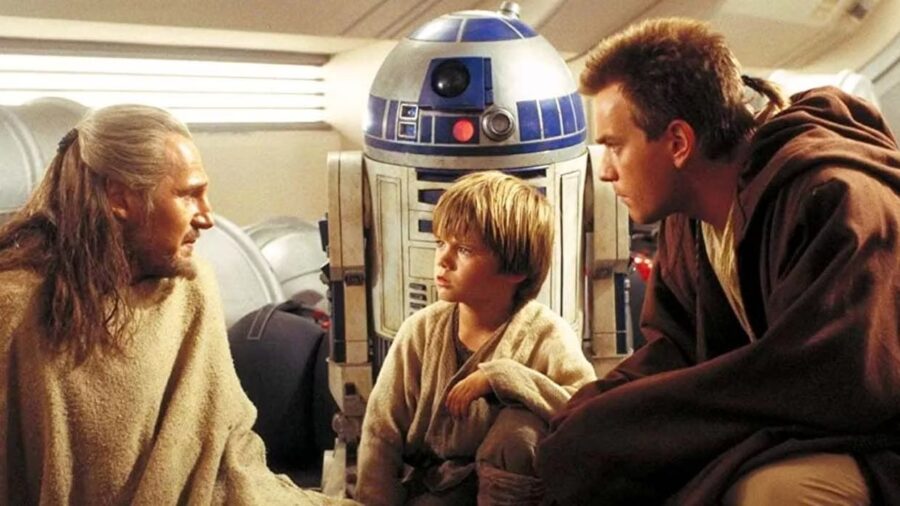
To this day, nothing makes old-school Star Wars fans angrier than midi-chlorians, which George Lucas added to The Phantom Menace to retroactively (and very disappointingly) explain how The Force works. They made for a terrible addition to our favorite fictional galaxy far, far away, but what most fans don’t realize is that the midi-chlorians (sort of) exist in real life. Back in 2006, scientist and Star Wars nerd Nate Lo discovered a new species of bacteria living inside mitochondria, and he named this new discovery Midichloria mitochondrii in honor of George Lucas and his prequel films.
Mitochondria And Midi-chlorians
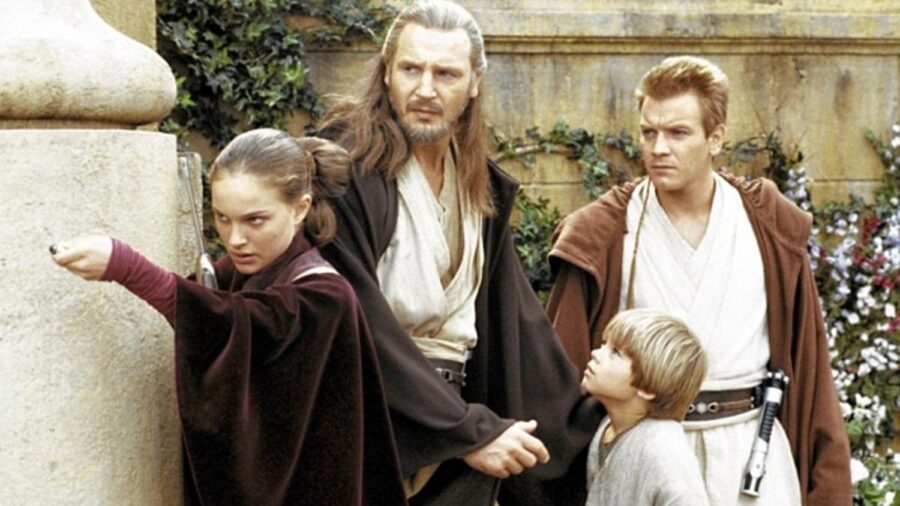
At this point, you might be wondering what the mitochondria have to do with midi-chlorians. If you’re old enough to have been disappointed by the prequels in theaters, you probably grew up hearing about how the mitochondria are “the powerhouse of the cell” (there’s a catchy song and everything!).
It’s true that mitochondria provide energy for our cells, but George Lucas named his midi-chlorians after this natural phenomenon because of how they provide us with energy.
Lucas’s Theories
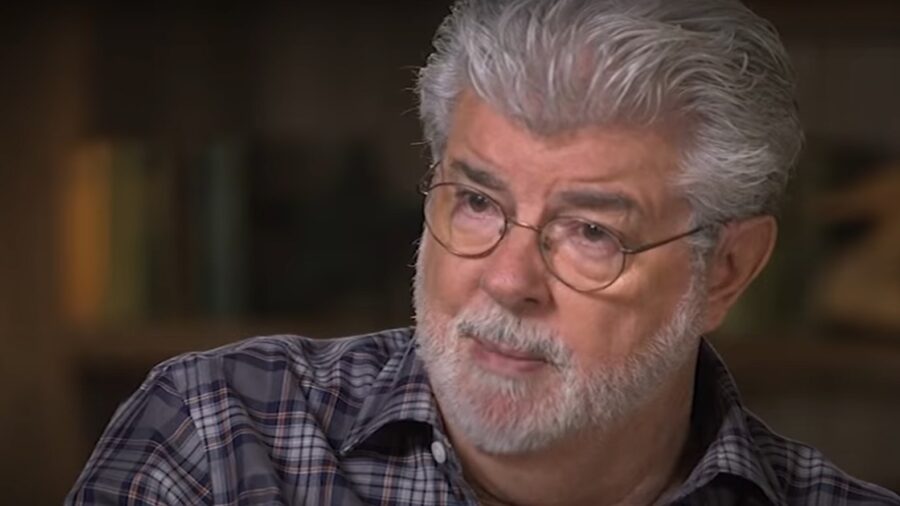
Mixing existing scientific knowledge with his own theories, the Star Wars creator once said that “Midi-chlorians are a loose depiction of mitochondria. They probably had something, which will come out someday, to do with the beginnings of life and how one cell decided to become two cells with a little help from this other little creature who came in, without whom life couldn’t exist.”
Perspective On Mitochondria
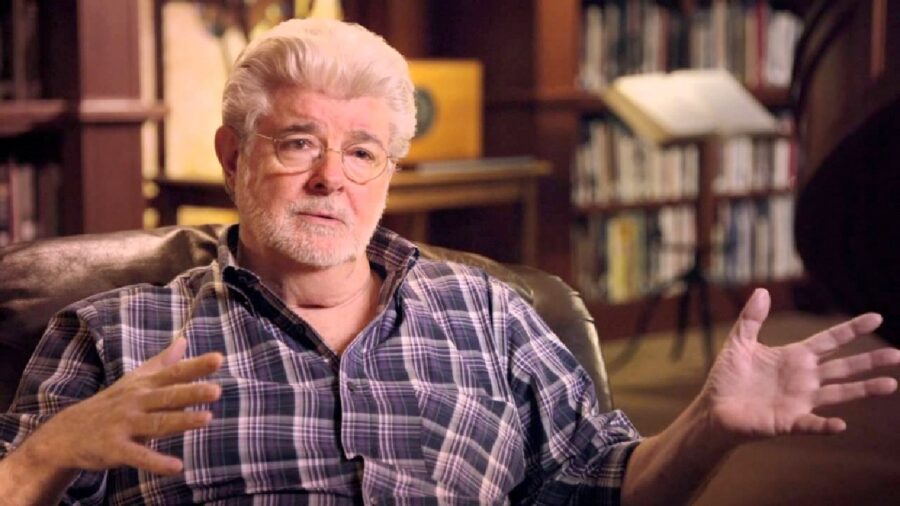
According to Lucas, his idea of mitochondria (and why he named the midi-chlorians after them) is “really a way of saying we have hundreds of little creatures who live on us, and without them, we all would die. There wouldn’t be any life. They are necessary for us; we are necessary for them.”
Influence On The Force
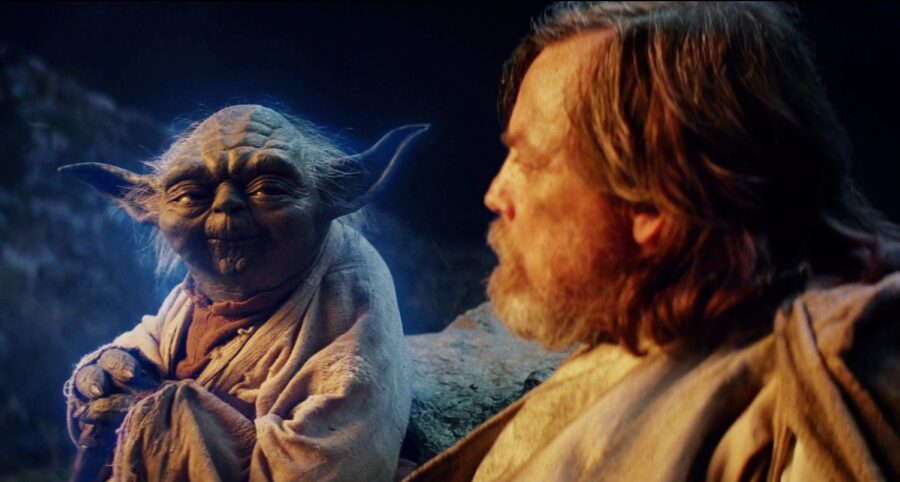
It’s not hard to see how his ideas about mitochondria influenced the concept of midi-chlorians, which are tiny life forms that connect the hosts they live inside with The Force. Fans who hate this idea point out that it ruins much of the mystical charm of The Force that we see in the original trilogy.
Meanwhile, Lucas insists that he’s always had this pseudo-scientific idea that every living creature in a galaxy far, far away has a symbiotic relationship with his midi-chlorians and, depending on just how many live inside his body, the host may be strong in The Force.
Real-Life Midichloria Mitochondrii
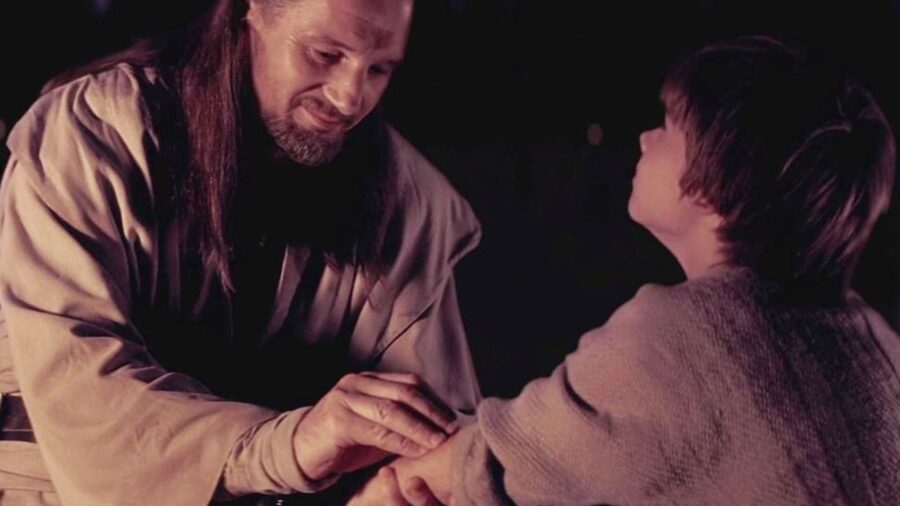
With that science lesson out of the way (thank the Maker!), we can get back to the strange way that midi-chlorians kind of became real. In 2006, the researcher Nate Lo discovered that there was a heretofore unknown bacteria living inside mitochondria.
Given the existing connection between mitochondria and The Force, the researcher who discovered this new bacteria decided to name it Midichloria mitochondrii in honor of what George Lucas had created.
If you were curious, this wasn’t something that he unilaterally decided to do. Instead, Lo reached out to Lucas and asked for special permission to name this new discovery after the midi-chlorians. The Star Wars creator granted permission and effectively made his fictional creation that much closer to a reality.
Fan Disappointment vs. Reality
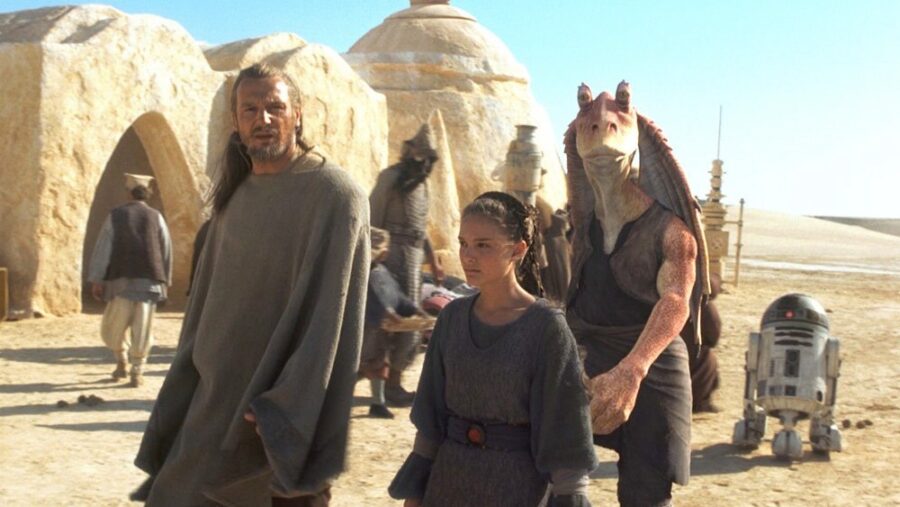
For fans who have hated the midi-chlorians since the midnight premiere of The Phantom Menace, a scientific researcher naming his real-life discovery after these microscopic Force-sensitive organisms likely won’t make their existence any less disappointing.
However, it’s undeniably cool whenever something from our favorite fictional galaxy becomes real. While midi-chlorians are cool enough, I think I speak for most fans when I tell the scientific community to wake us up when you make the lightsaber a reality.











